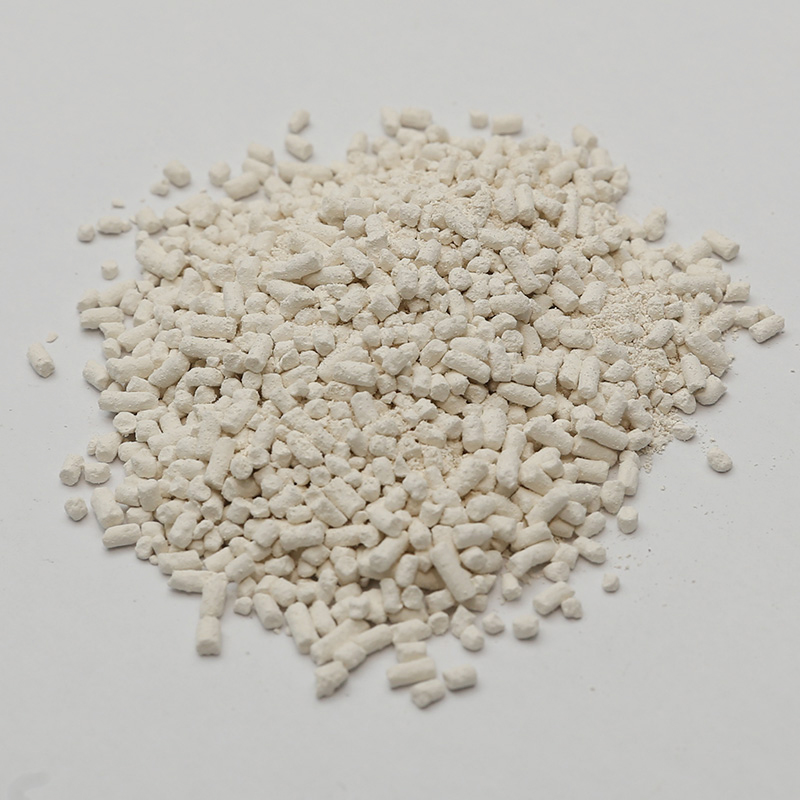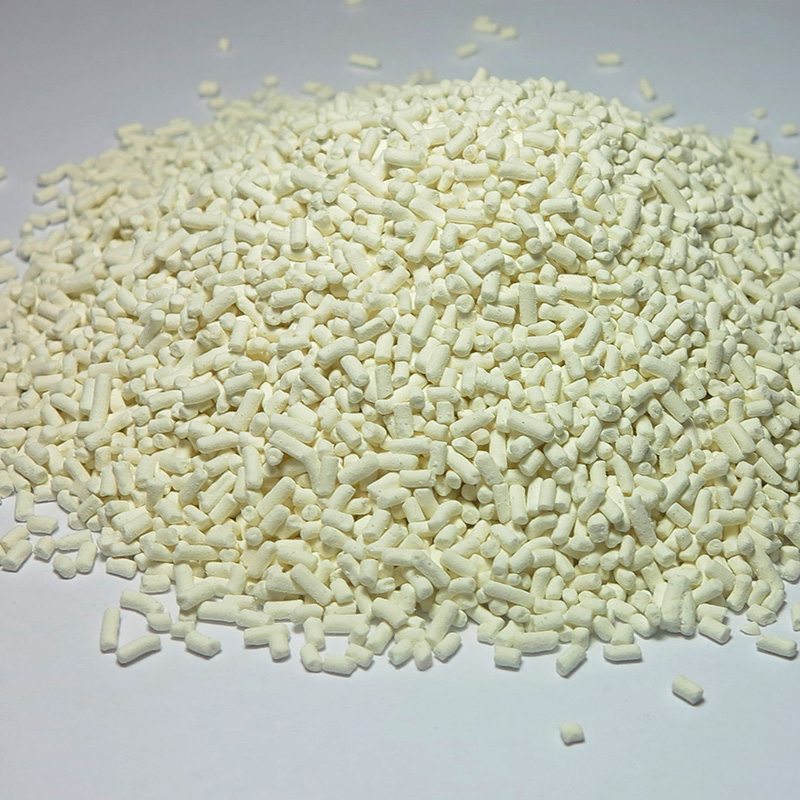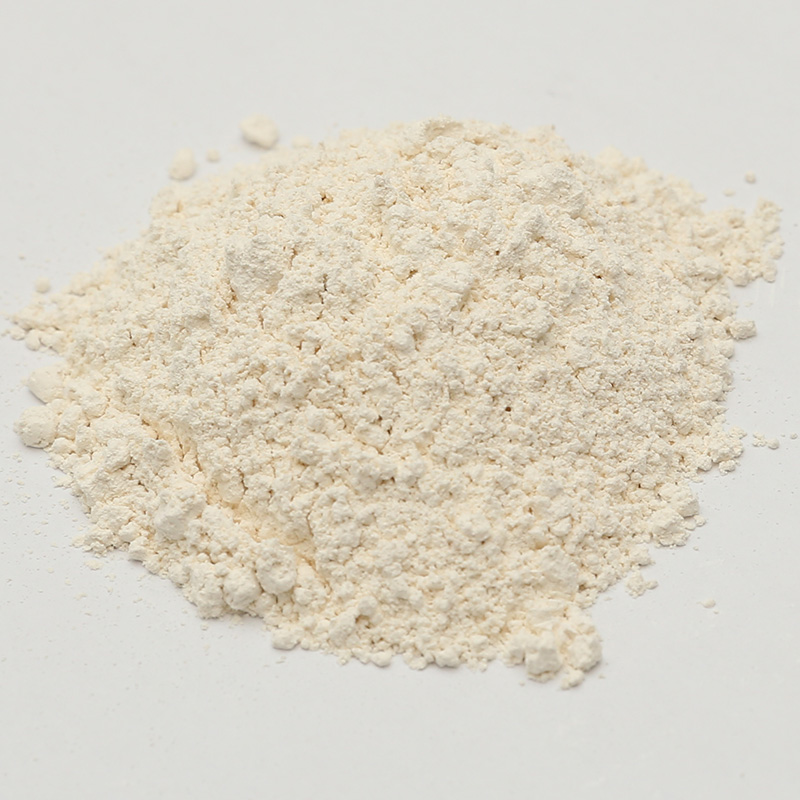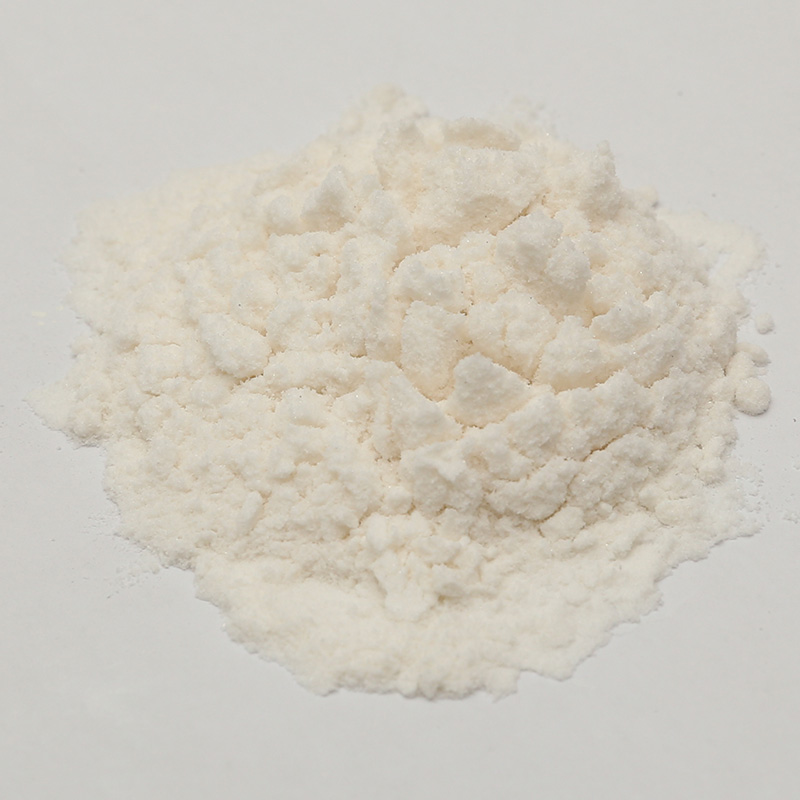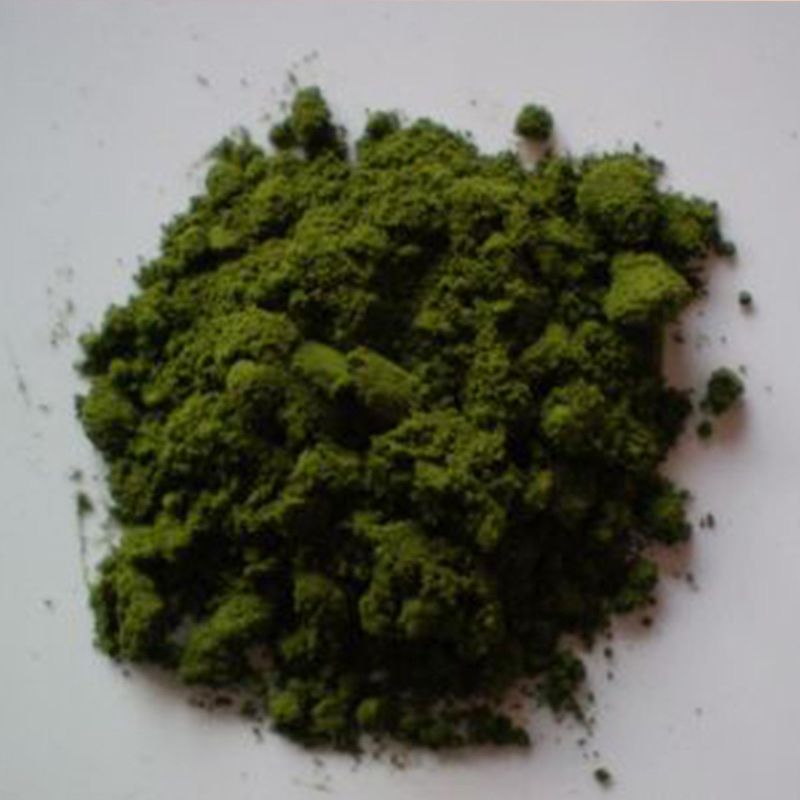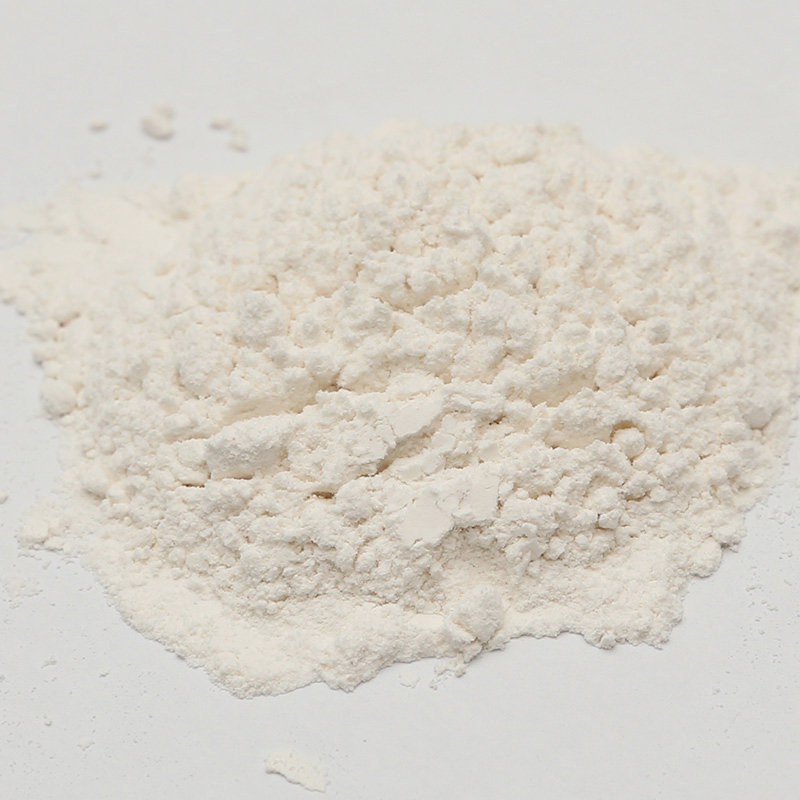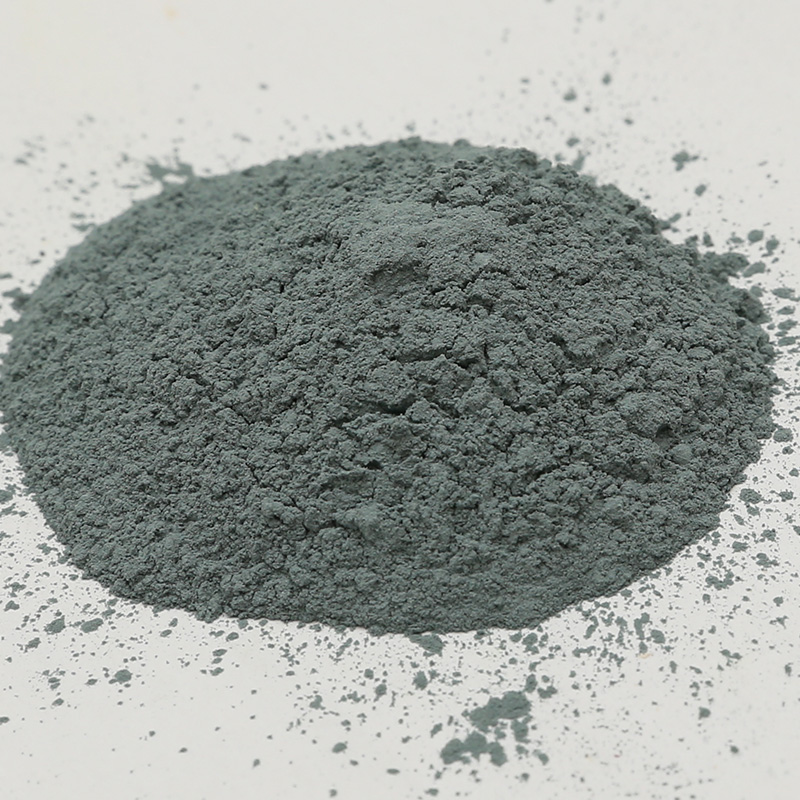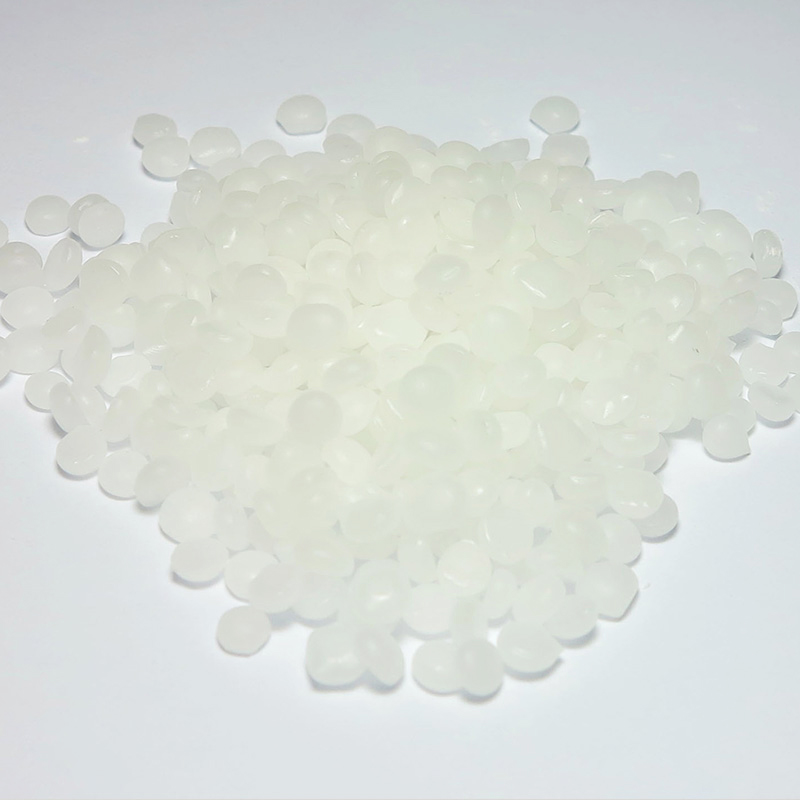Fundamental Purpose and Role in Formulation
In multi-phase systems such as emulsions, suspensions, and creams, both homogenizing agents and surfactants are essential components used to achieve stability and consistency. However, their fundamental functions are quite different. A homogenizing agent is primarily responsible for mechanically or physically reducing particle size and evenly dispersing ingredients throughout a medium. It works by applying shear force or turbulence, breaking down immiscible elements like oil and water into fine droplets that can be uniformly suspended. In contrast, a surfactant operates on a molecular level, reducing surface and interfacial tension between different phases to facilitate easier mixing and interaction. While both contribute to a stable end product, their mechanisms and application scopes diverge significantly.
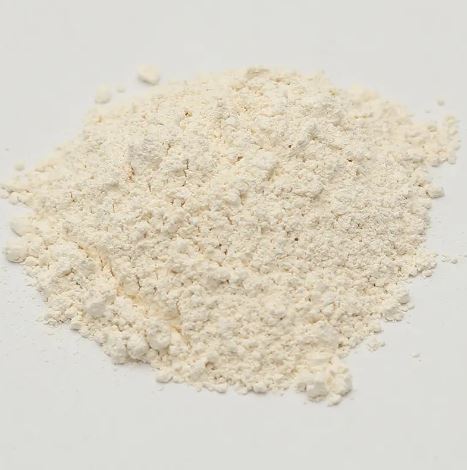
Mechanism of Action and Chemical Behavior
The physical action of a homogenizing agent typically involves mechanical devices such as high-pressure homogenizers or rotor-stator systems. These tools apply external energy to force particles into smaller sizes and distribute them uniformly. This physical process is largely non-chemical and does not change the chemical nature of the ingredients being processed. On the other hand, surfactants are chemical compounds that possess amphiphilic structures—meaning they contain both hydrophilic (water-attracting) and lipophilic (oil-attracting) ends. This unique configuration allows surfactants to reside at the boundary between oil and water, stabilizing the interface by decreasing interfacial tension. The reduction of tension enables the formation of micelles and emulsions at a molecular level, facilitating mixing without phase separation.
Application Contexts and Limitations
Homogenizing agents are particularly useful in formulations that require a consistent texture or finely distributed particles, such as lotions, sauces, or injectable drugs. Their effectiveness largely depends on equipment design and processing conditions such as pressure, temperature, and speed. However, once the homogenization process is complete, these agents often have little to no chemical effect on the product’s long-term behavior. In contrast, surfactants remain active in the product throughout its shelf life. They continuously function as stabilizers, foam boosters, detergents, or solubilizers, depending on the formulation. This ongoing role can be both beneficial and potentially problematic, especially in applications where surfactant interaction with skin, mucosa, or active ingredients must be reduced or controlled.
Interaction With Other Ingredients
One significant distinction lies in how each component interacts with other substances in a formulation. Homogenizing agents typically do not alter the chemical compatibility of ingredients; their influence is mechanical rather than interactive. This makes them highly versatile and inert when used alongside sensitive compounds such as bioactives or natural extracts. On the contrary, surfactants can interact chemically with other ingredients, sometimes impacting the efficacy or stability of preservatives, fragrances, or therapeutic agents. This chemical reactivity needs to be carefully considered during product development, especially in pharmaceuticals or hypoallergenic formulations. Moreover, the choice of surfactant affects not just stability but also sensory properties like texture, spreadability, and foaming.
Conclusion
Though often used together in complex formulations, homogenizing agents and surfactants perform fundamentally different roles. The former focuses on achieving physical uniformity through particle dispersion, while the latter ensures chemical compatibility and surface stabilization. Understanding these distinctions helps formulators make informed decisions to enhance product stability, performance, and safety without overcomplicating the ingredient list or compromising regulatory compliance.



 English
English Português
Português Español
Español русский
русский 中文简体
中文简体